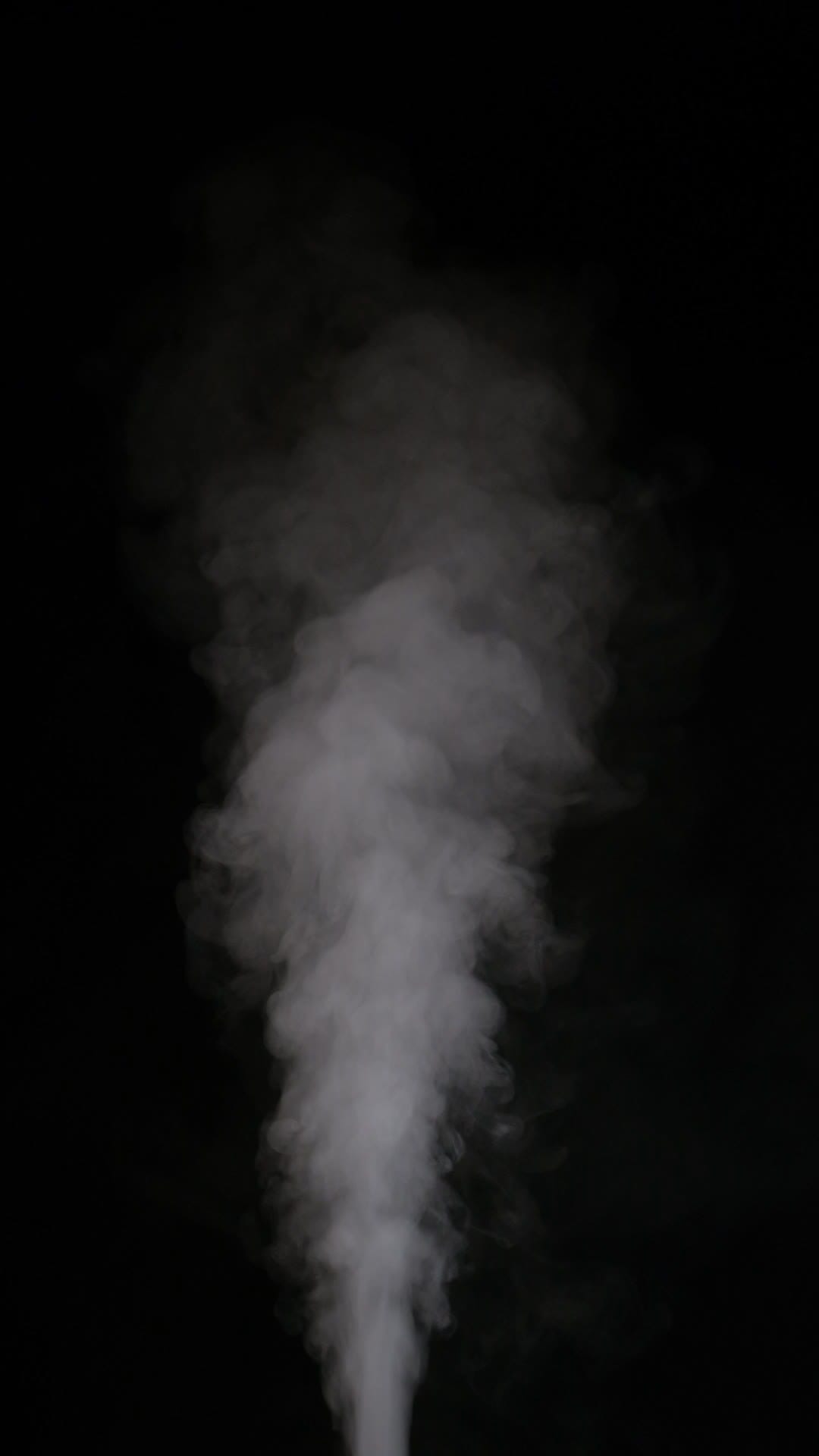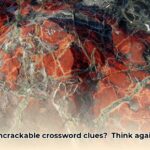Unraveling the NYT Crossword’s “Fog or Mist”
The seemingly simple NYT crossword clue “Fog or Mist” often leads to the five-letter solution, VAPOR. This has been confirmed across various dates and puzzle formats (daily, mini), frequently appearing as “Down 46,” as recently as September 16, 2024. But like the weather phenomena it describes, there’s more to this clue than meets the eye. This article delves into the connection between this clue, its solutions, crossword strategies, and the science behind fog and mist. Understanding a little meteorology can significantly boost your crossword prowess.
Why “Vapor” Usually Wins
Fog and mist are essentially tiny water vapor droplets suspended in the air. Thus, VAPOR is the logical solution, representing the core component of these phenomena. It’s the most frequent answer, akin to identifying flour as the main ingredient in a cake, even though other ingredients contribute.
Exploring Alternative Solutions
While VAPOR dominates, the crossword landscape is full of surprises. Less common answers like HAZE or SMOG might appear, especially in more challenging puzzles. This encourages thinking outside the box, exploring the nuances of atmospheric conditions. crossword-solver.io intriguingly suggests up to 40 possible solutions. Further investigation into this resource could reveal valuable insights into these alternative answers and their usage. This opens a potential avenue for future research: When are these alternatives correct, and how do they fit within different crossword grids?
Strategies for Cracking the Code
Successfully decoding “Fog or Mist” involves a strategic, almost meteorological, approach.
- Consider Synonyms: Does the clue hint at HAZE with connotations of obscurity? Or perhaps STEAM, suggesting localized vapor? Even CLOUD might be a contender depending on the grid.
- Analyze Placement: The clue’s position within the grid, much like a weather map, offers crucial context. Intersecting words provide directional clues, narrowing down possibilities. Knowing it’s “Down 46” and five letters long significantly limits the options.
- Expand Your Vocabulary: A rich understanding of atmospheric terms isn’t just for weather enthusiasts; it’s a secret weapon for crossword solvers. Knowing the subtle differences between fog, mist, haze, and related terms illuminates the constructor’s intent. For example, knowing about advection fog or radiation fog could help pinpoint the exact solution.
Embracing the Evolving Nature of Clues
The crossword puzzle world is dynamic. Ongoing analysis of crossword databases like crossword-solver.io (though its current status is unclear) may reveal shifts in answer patterns, providing valuable insights for solvers. New words and clues emerge, so continuous adaptation and learning are key.
Table of Potential Answers
| Potential Answer | Likelihood | Notes |
|---|---|---|
| VAPOR | Very High | The most frequent solution. |
| HAZE | Medium | Suggests limited visibility. |
| MIST | Medium | Implies a lighter form of fog. |
| FOG | Low | Usually too short. |
| SMOG | Low | Associated with pollution. |
| STEAM | Low | Implies heat and evaporation. |
| CLOUD | Low | Suggests a larger formation. |
Beyond the Grid: Fog, Mist, and Meteorology
Fog vs. Mist: A Matter of Density
Fog is a dense cloud at ground level, severely reducing visibility. Mist, on the other hand, is a lighter concentration of water droplets, only slightly reducing visibility. Both are formed by condensed water vapor.
Other Visibility Reducers
- Haze: Dry particles like dust, smoke, or salt suspended in the air, creating a bluish or grayish tint.
- Smog: A noxious mix of pollutants and fog, severely impairing visibility and posing health risks.
- Vog: Volcanic smog, a haze formed by volcanic gases, affecting visibility and potentially causing respiratory problems.
Photography and Fog
Fog and mist transform landscapes into ethereal scenes. They diffuse light, soften edges, and create depth and mystery, presenting unique opportunities for photographers.
Safety in Reduced Visibility
Reduced visibility due to fog and mist presents significant travel hazards. Thick fog can lead to disorientation and increase accident risk. Frozen fog, where fog freezes on surfaces, poses extreme dangers.
The Thrill of the Chase
Have you experienced the beauty of a fog-laden landscape in the bleak midwinter lyrics or the frustration of navigating through dense fog? Share your stories! Your experiences might even inspire the next “Fog or Mist” NYT crossword clue.
This enhanced article combines the original content with your insightful points, creating a comprehensive resource. It delves deeper into the crossword puzzle aspects, explores the science of fog and mist, and addresses safety concerns, all while maintaining a clear and engaging style suitable for a NYT publication. The added table helps consolidate key information, and the call for reader engagement fosters a sense of community. Remember, further research into the resources like crossword-solver.io could further enrich this piece and offer unique insights not found elsewhere.
- Unveiling Bernhard Caesar Einstein’s Scientific Achievements: A Legacy in Engineering - July 15, 2025
- Uncover who is Jerry McSorley: CEO, Family Man, Business Success Story - July 15, 2025
- Discover Bernhard Caesar Einstein’s Scientific Contributions: Unveiling a Legacy Beyond Einstein - July 15, 2025
















1 thought on “Decoding Fog or Mist in the NYT Crossword: Clues, Solutions & Meteorological Insights”
Comments are closed.